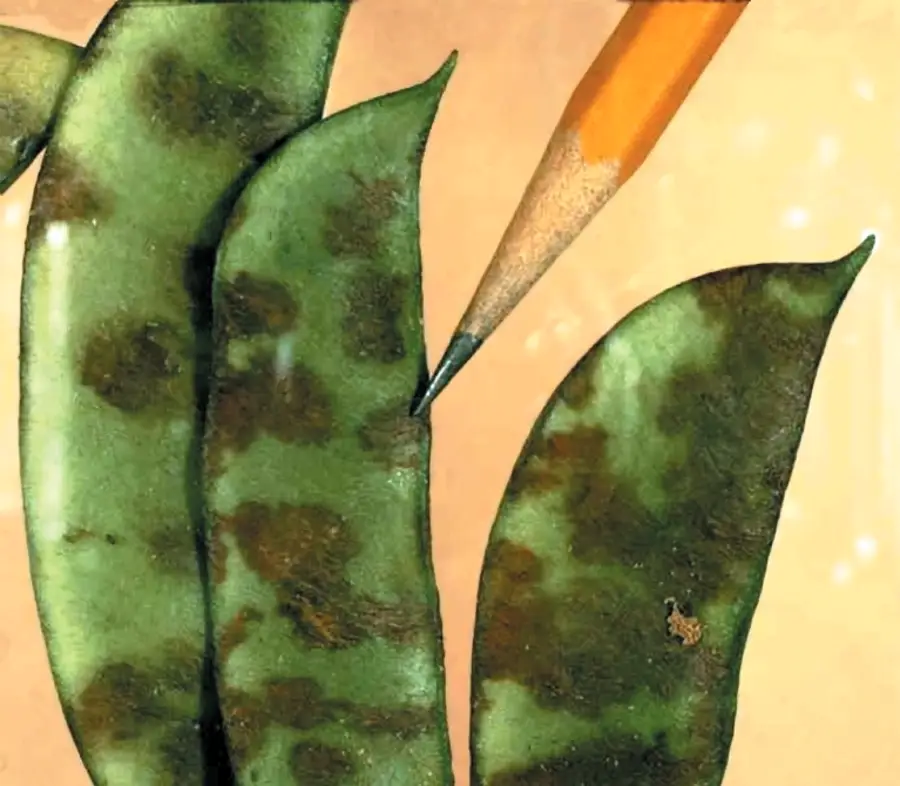Contents
CLASSIFICATION OF COLLETOTRICHUM
Kingdom :- Mycota
Division :- Eumycota
Sub-division :- Deuteromycotina
Class :- Coelomycetes
Order :- Melanconiales
Family :- Melanconiaceae
Genus :- Colletotrichum
All the hosts of Colletotrichum are cultivated for their valuable edible products. Diseased plants can be collected from crop fields. Sugarcane is an important crop in U.P., Bihar, Punjab and parts of South India.
STUDY OF HOST, DISEASES AND SYMPTOMS
Species parasitic on important cultivated plants and causing diseases include :-
- falcatum infects sugarcane (Saccharum officinarum; vern. ganna; fam. Graminae) and causes red rot. In red rot, the fungus generally infects the stem and midrib of the leaves. The stem gets rotten within, the rind becomes dull in appearance and shrinks at the nodes. The upper leaves turn paler, droop slightly and split open, they show a red colour in the internodes. On the midribs, the infection is seen in the form of dark-reddish areas, which elongate rapidly, forming blood red lesions with dark margins.
- gossypii and C. lindemuthianum parasitize cotton (Gossypium sp.; vern. kapas; fam. Malvaceae) and beans respectively and cause a disease called anthracnose.
- circinans causes smudge in onion (Allium cepa; vern. pyaj; fam. Liliaceae).
- Other species infecting various economically important plants include : C. capsici causing leaf spot on turmeric (Curcuma Longa; vern. haldi); die back on cow pea (Vigna sinensis), and anthracnose and ripe rot on chillies (Capsicum annuum; vern. mirch); C. graminicola causing red leaf spot of sudan grass (Sorghum sudanense); C. gloeosporioides causing anthracnose of mango (Mangifera indica; vern. aam), and black pepper . (Piper nigrum; vern. kali mirch); C. coffeanum causing die back of coffee ( Coffea arabica) and C. camelliae infecting tea (Camellia sinensis) to cause brown blight.
VEGETATIVE STRUCTURE OF COLLETOTRICHUM
- The mycelium is inter- and intracellular.
- Hyphae are freely branched, septate, colourless and contain characteristic oil droplets.
ACERVULUS AND CONIDIA
- The conidia are always formed in acervuli.
- The acervulus is formed on the surface of the rind as minute black clusters, just above or below the nodes. These develop from the stromatic mass of hyphae just beneath the epidermis.
- Each saucer-shaped acervulus has a layer of unseptate conidiophores arranged in a palisade like manner.
- Intermixed with conidiophores are black, long, rigid, bristle-like and septate setae. Sometimes, setae form a fringe around the acervulus.
- The conidia are borne on conidiophores.
- Each conidium is one celled, falcate and is typically elongated with rounded ends. It is hyaline and densely granular.
- The perfect stage is Glomerella singulata.
IDENTIFICATION
- KINGDOM – Mycota
- Chlorophyll absent
- Reserve food glycogen
- Cell wall of fungal cellulose.
- DIVISION – Eumycota
- A definite cell wall present.
- SUB-DIVISION:- Deuteromycotina
- Perfect stage absent, reproduction by asexual means only
- CLASS :- Coelomycetes
- Thallospores or conidia borne in pycnidium or acervulus.
- ORDER – Melanconiales
- Conidia are borne in acervuli
- FAMILY – Melanconiaceae
- Single family.
- GENUS – Colletotrichum
- Acervulus dark coloured,
- Setae present in or around acervulus.
REFERENCES
- https://en.wikipedia.org/wiki/Colletotrichum
- https://www.shutterstock.com/search/colletotrichum


Leave a Reply